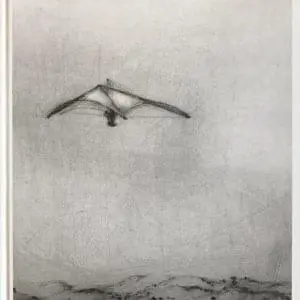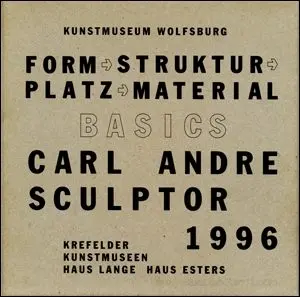Beschrijving
Tekst: James Meyer
Uitvoering: Gebonden
Aantal pagina’s: 306
Illustraties: Kleur en zwart-wit
Uitgever : Phaidon, 2000
Taal : Engels
Staat: Als nieuw
For more than 20 years, Gregory Battcock’s Minimal Art: A Critical Anthology has been the book on this deceptively simple approach to art-making, which sought to remove any trace of the artist’s hand or emotion from the work. (Detractors naturally found it ludicrous that such reductive sculpture, often consisting of no more than a few basic modular units attached to the wall or placed on the floor, generated such a voluminous and dense stream of critical analysis, beginning in the mid-1960s.)Part of Phaidon’s Themes and Movements series, Minimalism offers the first straightforward and useful summary of the output and outlook of the artists associated with minimalism in its heyday, as well as its subsequent development into more nuanced visual forms and its relationship to postmodernism. Editor James Meyer is a specialist who has written extensively on Carl Andre, Donald Judd, Dan Flavin, and Sol LeWitt, four of the seminal minimalists (the fifth is Robert Morris). Despite the intellectual thorniness of this art, Meyer avoids the turgidity that marks much of the writing associated with it. Tracing the origins of minimalism primarily to Frank Stella’s “Black Paintings” of 1959, Meyer outlines the shifting, often warring definitions of this new kind of art. Once sculptors Andre and Judd had made their mark, there was doubt that painters could be minimalists. Brice Marden and Robert Ryman made the cut because their work was believed to be purely about the process of painting. Interestingly, although this was overwhelmingly a male club, curators also initially embraced the work of several women artists (including Agnes Martin and Anne Truitt) who retained such minimalist no-noes as irregular, handmade marks, color that could be perceived independently of form, and a belief in transcendent meaning.The 141 pages of color and black-and-white photographs (including rare glimpses of early work by some artists) and a generous assembly of texts by such key commentators as Michael Fried, Barbara Rose, Rosalind Krauss, and the artists themselves (including previously unpublished or hard-to-find material) make this volume indispensable for anyone seriously interested in contemporary art.



